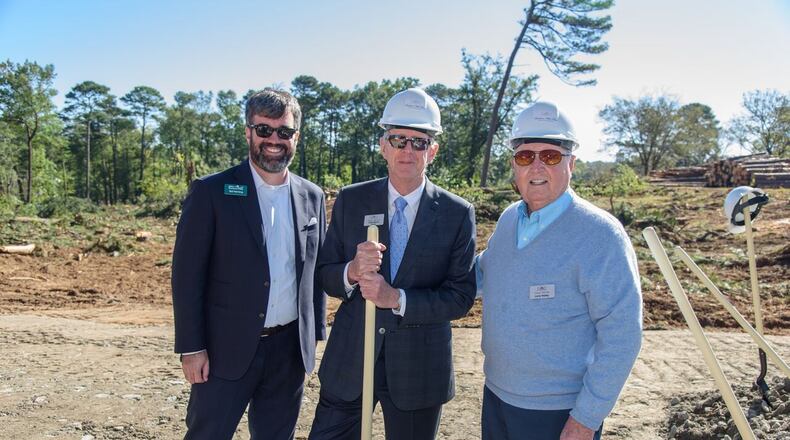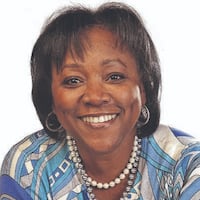Twenty years ago, it seemed everyone was moving out into the suburbs. And now, depending on who you talk to, everyone is moving back to the city.
That’s especially true among baby boomers, those of us born between 1946 and 1964.
Why?
Their nests are empty. They are over the big houses, with big lawns and swimming pools in constant need of maintenance. And when you happen to be one of the largest generations — an estimated 74.9 million of us — and the wealthiest generation ever to retire, developers and businesses start to notice.
Andy Isakson first noticed back in the ’90s.
At the time, he said, his parents were looking at their retirement options, and although they had spent nearly their entire lives in real estate, they never found what they wanted.
When his father passed, Isakson and his siblings took turns caring for their mother, who had dementia.
“Over the last five years of her life, she had to move five times,” said Isakson.
Each time the disease progressed, the siblings were forced to move her to a place better suited to care for her.
RELATED: New model helps take guess work out of finding elder care
“From a consumer standpoint, I knew there had to be a better way,” Isakson said.
In 2002, eight years after his mother passed away, Isakson opened Park Springs, a resort-style retirement community adjacent to Stone Mountain Park. He is poised to open Peachtree Hills Place, a second smaller community for those 55 and older in Buckhead, next summer.
“Location is everything in real estate,” said Kevin Isakson, principal for Isakson Living and Andy Isakson’s nephew. “We’ve always known there was a strong demand for this intown offering for folks who don’t want to abandon their urban lifestyle.”
Peachtree Hills Place will come complete with restaurants, a fitness center, indoor swimming pool and health clinic, the one thing his parents needed most.
Andy Isakson, 65, grew up in Brookhaven with two other siblings, including U.S. Sen. Johnny Isakson. He graduated from the old Dykes High School, now Sutton Middle School, before heading to Vanderbilt University, where he earned an economics degree in 1974.
He abandoned city life for the suburbs the moment he returned, married and started building a family, which by the way, are all the things that tend to tie people down.
RELATED: Baby boomers are loving the apartment life these days
It helped, of course, that there was no traffic but, well, that was then.
Just as the traffic patterns changed, so too have populations.
For several decades before the 2000 census, the city of Atlanta, for instance, had been steadily losing population. Then from 2010-2017, it grew by 7 percent, adding 9,900 new residents in the past year compared to 4,800 the year before.
Atlantans over the age of 60 currently make up 10 percent of the population, and that number is expected to double by 2030, making Atlanta one of the fastest-aging cities in America.
How many are migrating back into the city?
That’s hard to say, said Mike Alexander, director of the Center for Livable Communities at the Atlanta Regional Commission.
“The hard data really isn’t there, but I think like everyone else anecdotally we do see a trend of people moving back to the core,” Alexander said. “I see it all around me personally.”
Gregg Logan, managing director of RCLCO, a real estate advisory services firm that does market research for real estate companies all over the country, said the journey back into town is a big enough trend that there is a ready market for developers and others targeting boomers.
While about half of boomers who retire are happy to age in place, Logan said that about 15 percent opt to move into the city to partake of urban amenities like restaurants, shopping, culture, all the things you find are more prevalent in the city and that Isakson points to.
RELATED: Couple downsizes while staying close to home
And even if Buckhead is out of the question economically, downtown Duluth, Suwanee or Roswell may be within reach.
“There’s a ‘want-driven’ market and a ‘need-driven’ market,” Logan said. “The want-driven market is lifestyle oriented, they’re active adults age 55 to 65 moving back in town to have fun, socialize and enjoy all the urban amenities. That’s the market we’re seeing the biggest uptick in the market for. They’ve decided ‘urban’ is more exciting than living in the suburbs.
“The need-driven market includes those in their late 60s or older who move to independent living communities, where there is meal service, and those in their 70s or older who move to an assisted living facility. ALFs offer meal service and varying degrees of assistance with daily living, including skilled nursing and memory care. That’s a different, more medically driven market.”
If he had to label it, Peachtree Hills Place is more a lifestyle community, Isakson said.
“It’s a great place to live for someone of any age,” he said.
Find Gracie on Facebook (www.facebook.com/graciestaplesajc/) and Twitter (@GStaples_AJC) or email her at gstaples@ajc.com.
About the Author
Keep Reading
The Latest
Featured





